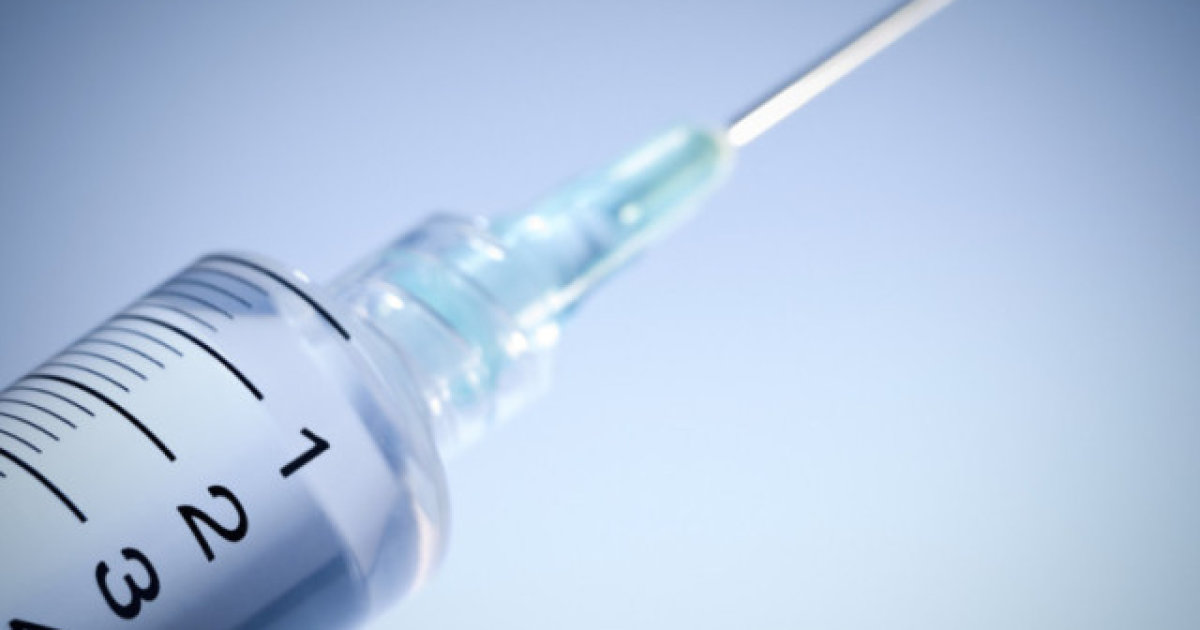How To Prevent And Treat A Herniated Disc
A herniated disc is a term used to describe when an individual's spinal disc nucleus breaks into a fragment and is pushed into the spinal canal out of the annulus through a rupture or tear. Spinal discs are the rubber-like cushions that sit in between an individual's vertebrae or bones of the spine. The nucleus of the spinal disc has a soft and jelly-like center, and the annulus is a more resilient exterior. A herniated disc may also be referred to as a ruptured disc or slipped disc. An individual affected by a herniated disc can experience symptoms such as pain in the arm, leg, foot, neck, shoulder, buttocks, or calf, tingling that radiates, numbness, and muscle weakness. A herniated disc can be caused by the degeneration of the discs in the spine, spinal injury, genetic factors, and excess body weight.
Learn about preventing and treating a herniated disc now.
Get Regular Exercise

An individual who wants to prevent a herniated disc can do so by developing a habit of getting regular exercise and exercising using correct techniques. When performing exercises that involve lifting weight-bearing objects, an individual should bend their knees and keep their back straight rather than bending at the waist to help prevent problems with their spinal discs. Getting regular exercise can help an individual lose excess fat and maintain a healthy weight, which can also prevent them from experiencing a herniated disc, as excess body weight places too much pressure on the lower back. An individual should always stretch their muscles properly before they begin any type of exercise. Ensuring that physical activity does not cause injury to any of the muscles responsible for supporting the spine and its bones can help an individual prevent a herniated disc. Regular aerobic exercise or cardiovascular conditioning is most recommended for individuals who would like to prevent a herniated disc.
Continue reading to learn more about treating and preventing a herniated disc now.
Maintain Good Posture

An individual who wants to prevent a herniated disc can ensure they always maintain good posture. Posture describes the position in which an individual keeps their body while they are sitting, standing, or lying down. Proper posture helps to keep an individual's joints and bones in the correct position to ensure their supporting muscles are being utilized properly. Maintaining proper posture helps an individual reduce the amount of wear and tear on the surfaces of their joints, which can help prevent arthritis and the degeneration of cartilaginous tissues. Correct posture in a sitting position involves an individual sitting up with their shoulders back and their back straight with their buttocks touching the back of a chair. Proper posture can be maintained when lying down or sleeping by choosing a firm mattress and box spring that does not exhibit sagging when body weight is placed on it. This firmness ensures all of the curves in the back are maintained while lying down or sleeping.
Discover additional options for preventing and treating a herniated disc now.
Muscle Relaxant Medication

An individual who experiences a herniated disc may need to take muscle relaxant medication. A spinal disc can move from its place between the vertebrae and cause a nearby nerve to become pinched or compressed. When a nerve is compressed, the impulses sent to and from the muscles in the affected area become interrupted. When nerve impulses are disrupted, the muscles can contract and relax at inappropriate times. These contractions are referred to as spasms and can cause an individual to experience discomfort and pain. Muscle relaxants work by reducing the activity of the muscle contractions, which stops the spasms that occur due to the compressed nerve. Common muscle relaxants used in the treatment of a herniated disc are carisoprodol, diazepam, methocarbamol, cyclobenzaprine, metaxalone, and orphenadrine. Muscle relaxants are usually only used for a brief period, as they are known to cause physical dependence.
Learn more about treating a herniated disc effectively now.
Pain Medication

An individual who experiences a herniated disc will most likely require the use of non-prescription or prescription pain medication. Nonsteroidal anti-inflammatory medications help reduce the inflammation in the body tissues. Because individuals who have experienced a herniated disc experience pain due to the nearby nerves being compressed, nonsteroidal anti-inflammatory medications can help alleviate this inflammatory pain by a reduction in swelling. The most common types of nonsteroidal anti-inflammatories used in individuals who have a herniated disc include naproxen and ibuprofen. Some individuals have a herniated disc that causes actual damage to a neighboring nerve that produces a level of pain that cannot be treated effectively with the use of over-the-counter nonsteroidal anti-inflammatory medications alone. In these cases, prescription pain relievers can be used for a short period to help relieve the pain. Narcotic pain relievers are only used in severe cases because these medications are known to be addictive.
Keep reading to uncover additional details on treating a herniated disc now.
Cortisone Injections

An individual with a herniated disc may need to have cortisone injections as part of their treatment regimen. If a patient is unable to take oral corticosteroids to help treat the inflammation caused by their herniated disc, cortisone injections may be more effective at relieving pain. Cortisone injections are administered right into the epidural space, which is the cavity filled with fluid surrounding the spinal cord. Because cortisone injections into this region of the spine require a procedure and anesthesia, this treatment is only reserved in cases where no other method has been effective or tolerable for a patient. X-ray guidance is used so a patient's physician can inject the medication into the precise location required. The relief achieved with the use of cortisone injections can last for between one week and one year depending on the severity of the herniated disc.
